|
The plan
for today was to hike over the Gaoligongshan range to Tengchong. The 10 to 12 hour hard slog, which follows the mountain trail
known as the Southern Silk Road, goes from 1500 metres above sea level to 3,600 and down again to 1,800.
Unfortunately,
the weather yesterday up top was poor. Looking up from about 2,400 metres I had seen that thick cloud was enveloping the mountain
tops and fresh snow had fallen. Not ideal conditions to look for one of the gems of this area, Sclater’s Monal, to put
it mildly.
And so, at the last minute, I changed the plan and hastily arranged for a truck to take me to Tengchong.
We left at 5am for the four hour drive, which meant that we would travel in darkness for most of the trip. A Brown Fish Owl,
slowly flapping across the road and into the full beam of the truck’s headlights, was a pleasant surprise; as were the
group of mountain chickens crossing the road (Mountain Bamboo Partridges to be precise). The stop to photograph the latter
delayed us by 10 minutes or so, and I called the driver I had arranged to meet in Tengchong to tell him that I would be a
few minutes late.
At 9.05am we arrived at the rendezvous point on the outskirts of the city. I said goodbye to
my Gaoligongshan driver and hello to Mr Zhou, who would drive me to the border region. Or so I had thought until, that is,
I noticed that Mr Zhou has his moped with him. “Where’s the car?” I asked.
“Mashang lai!”
he said with a serious look.
Nothing annoys me more than being told that something is coming on a horse. That’s
the literal meaning of mashang. It’s meant to be reassuring and to conjour up an image of someone galloping towards
you at breakneck speed, who would arrive in moments.
I enquired about the horse’s progress. It transpired
that Mr Zhou’s wife had the car (to squeeze in an extra customer before picking me up). After 20 minutes, my patience
was wearing a bit thin. I called Mrs Zhou, who told me that she was still speeding towards me on their horse and that she
would be with me in, guess what, no more than another 20 minutes.
I’m afraid this was the last straw. I
had got up at 4.30am to be here for 9am and, what’s more, if they had told me earlier about the delay I would have stopped
in the mountains for an hour or so.
I told Mrs Zhou what I thought about her and her husband’s shoddy service,
and told her to take her time as I would not be using their lame horse. Although this made me feel better, it probably wasn’t
a sensible thing to do, as I had to make my own arrangements for what was a less than straightforward journey. But I didn’t
care, the principle was worth suffering for.
I marched across to the other side of road and waited for a taxi.
After five minutes, I hadn’t seen a single one. Then I saw an empty taxi driven by a 60 something year old woman. Elder
Sister Wang looked surprised to see me, but stopped nevertheless. “Where are you going?” she asked. I told her.
“That’s crazy,” she laughed, “No ones goes that far west!” In fact, it’s impossible
to go any further west as my destination abuts the border with Burma, one of the most dysfunctional countries on the planet.
After two minutes of discussion, I had persuaded her to take me half way; and after realising she was a remarkably good driver
– in fact one of the best I’ve seen in China – I renegotiated for her to take me all the way (and to pick
me up in five days' time). The package also included a two hour birding stop en route for both trips.
Happy with
the deal, Elder Sister Wang dropped down to third gear, breezed past a convoy of bread vans that were struggling to negotiate
the pot holes on the dirt track, and raced towards one of the few areas in China that has superb lowland evergreen forest.
This forest holds no fewer than three species of hornbill (and a host of other birds that only just get in to
Chinese territory). This would be my third trip to the area. On the second trip I had seen Wreathed and Oriental Pied. Great
Hornbill had eluded me. Would this be a case of third time lucky I wondered?
13 species photographed today, all
new for 2010:
Mountain Bamboo Partridge (ssp ?), sev
Sooty-headed Bulbul (ssp ?), c50
Siberian
Stonechat (ssp ?), few
Eastern Cattle Egret (monotypic), c50
Great Cormorant (ssp sinensis), c30
Small Pratincole
(monotypic), c50
River Tern (monotypic), c10
Grey-throated Sand Martin (Riparia chinensis), c20
River Lapwing
(monotypic), 2
Blue Rock Thrush (ssp ?), 1
Eugene's Whistling Thrush (Myophonus eugenei), 1
Crested Treeswift
(monotypic), c40
Chestnut-tailed Starling (monotypic), sev
Other birds seen:
Ruddy Shelduck,
1
Blue-throated Barbet, 3
Hoopoe, 2
Pied Kingfisher, 2
White-breasted Kingfisher, 2
Kestrel, 1
Greater Coucal, 1
Brown Fish Owl, 1
Spotted Dove, 1
White-breasted Waterhen, 1
Moorhen, 1
Common
Sandpiper, 1
Greenshank, 2
Little Ringed Plover, c10
Little Egret, c20
Crested Serpent Eagle, 1
Long-tailed
Shrike, c20
Grey-winged Blackbird, 1
Siberian Rubythroat, 1
White-capped Water Redstart, 1
Pied Bushchat,
sev
Black-collared Starling, c30
Swallow, sev
Red-rumped Swallow, c20
Striated Swallow, few
Striated
Grassbird, 1
Citrine Wagtail, 2
Grey Wagtail, 1
White Wagtail, few
2010 = 133 species photographed
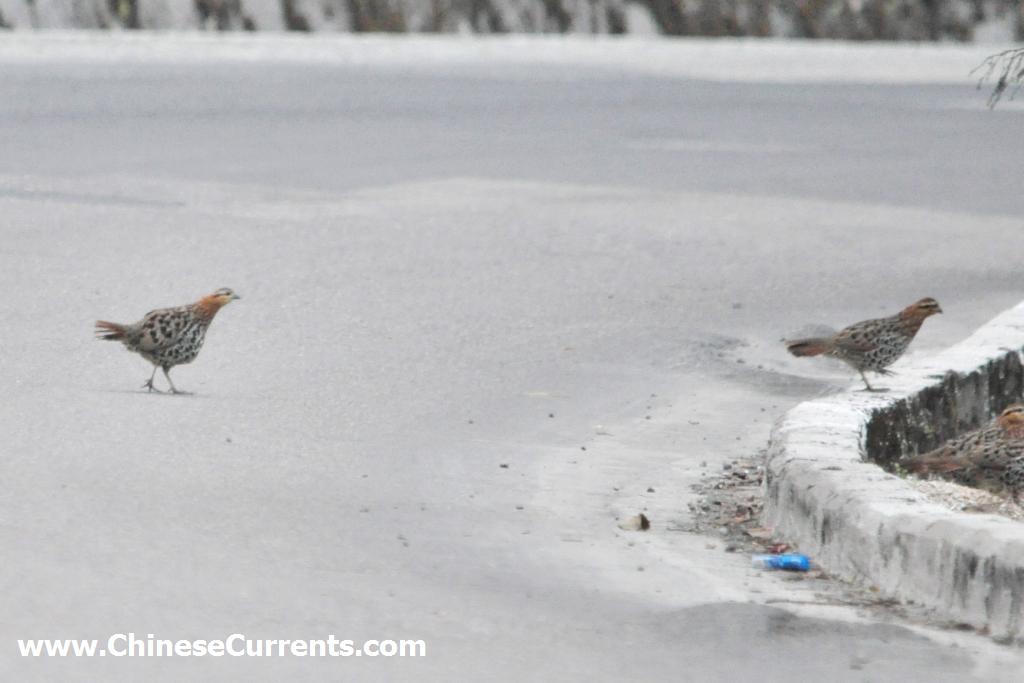
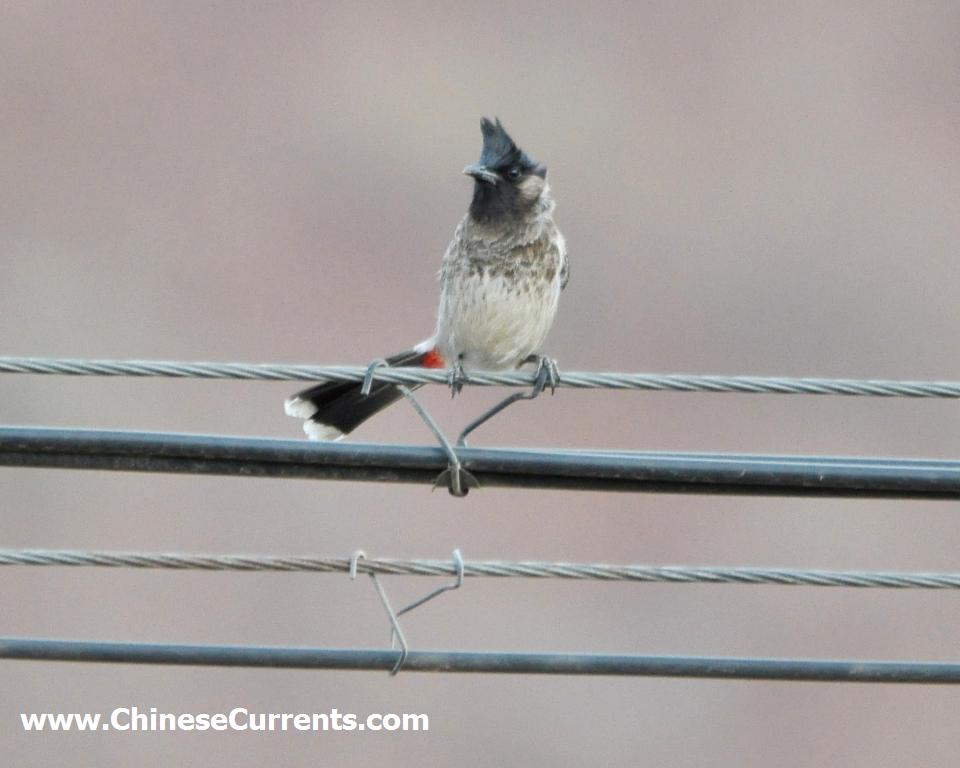
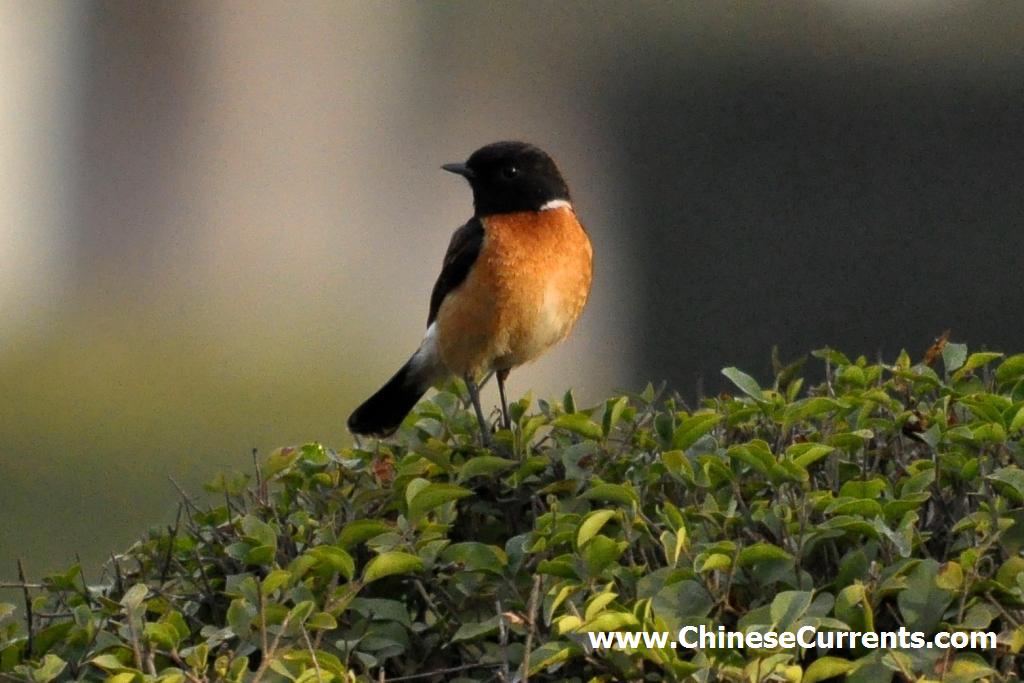
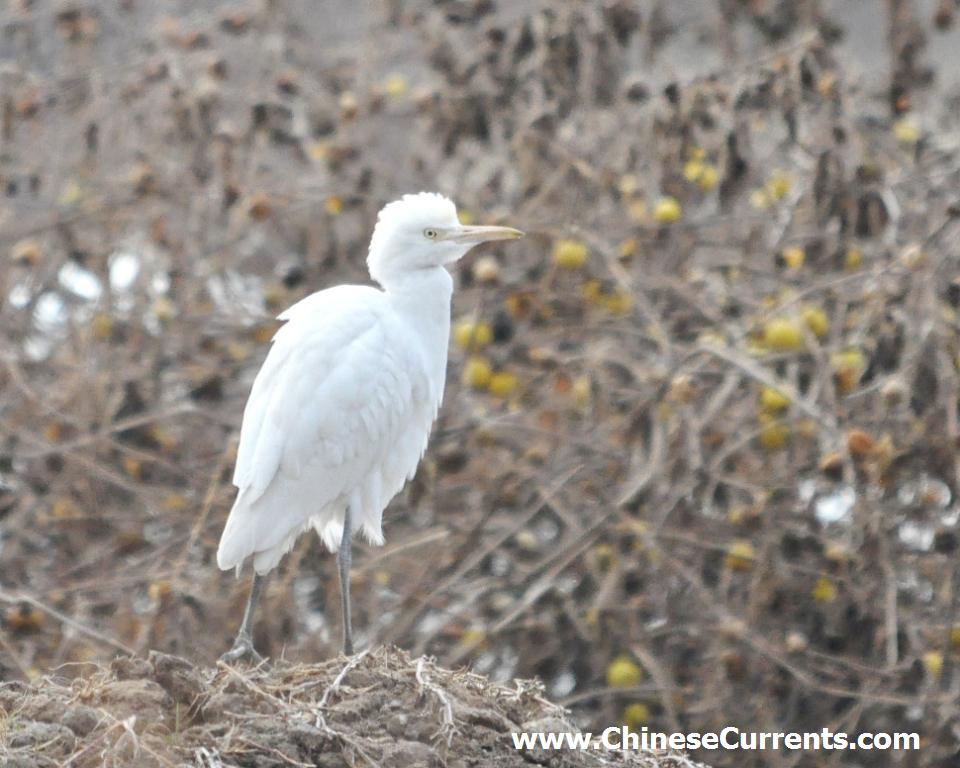
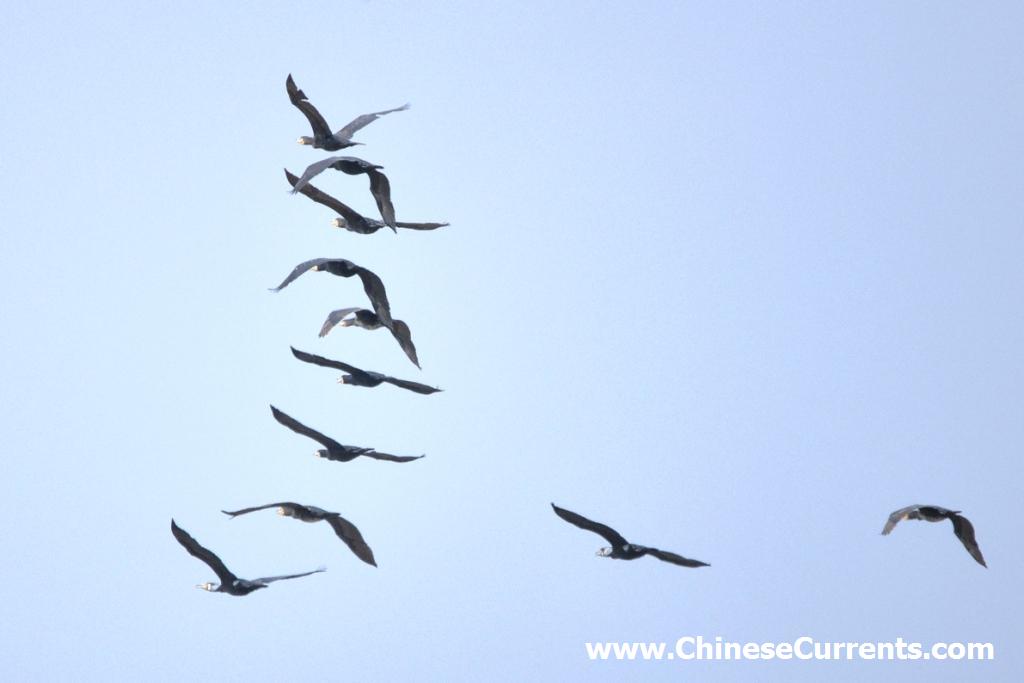
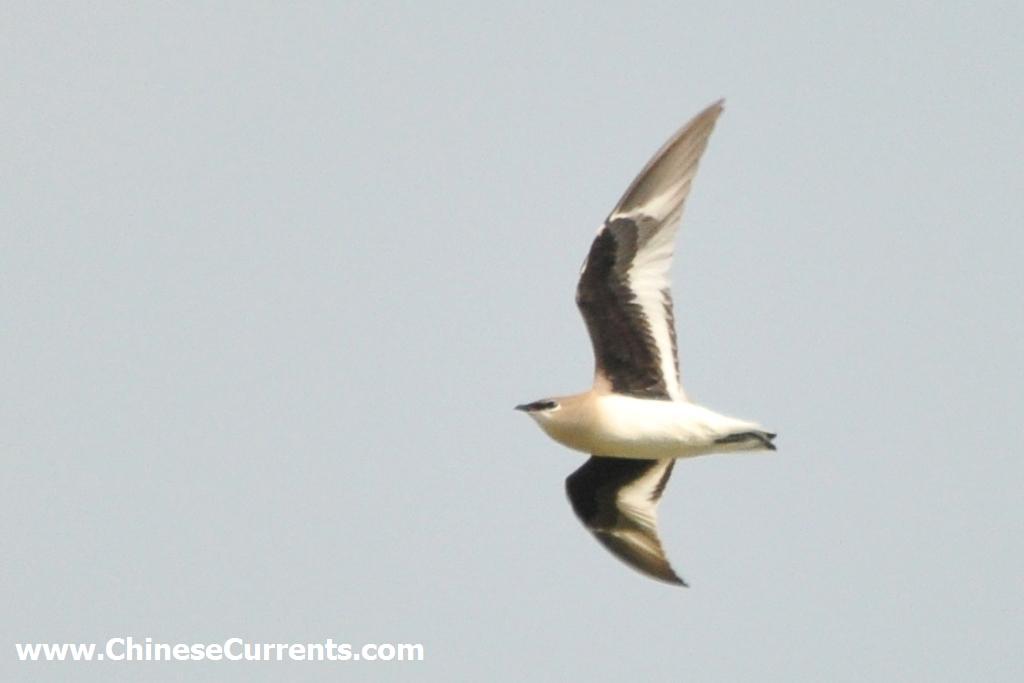
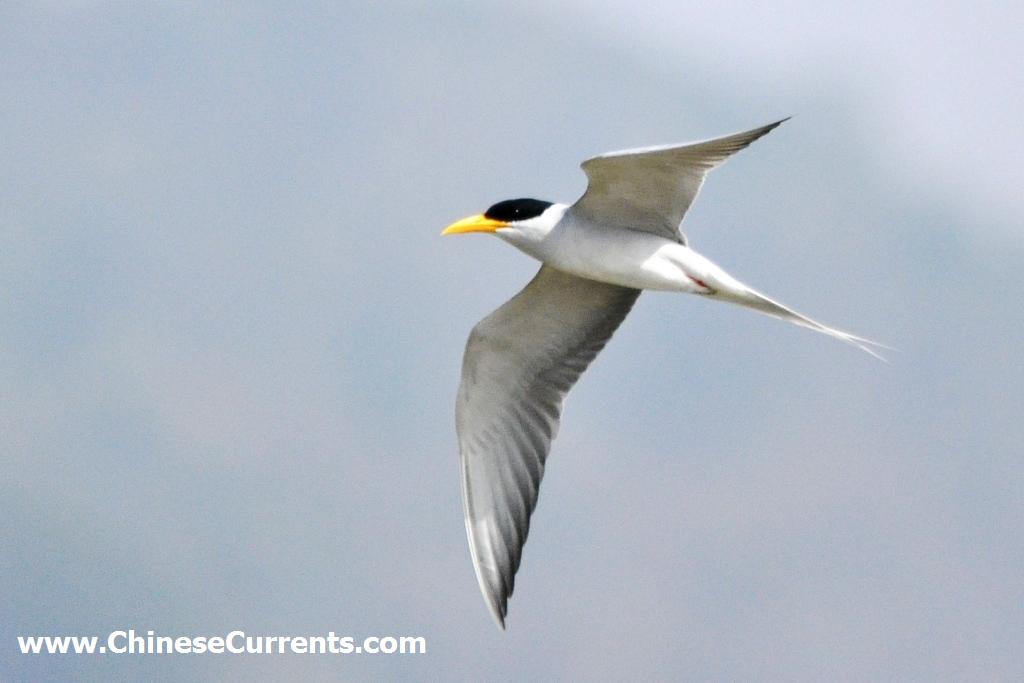
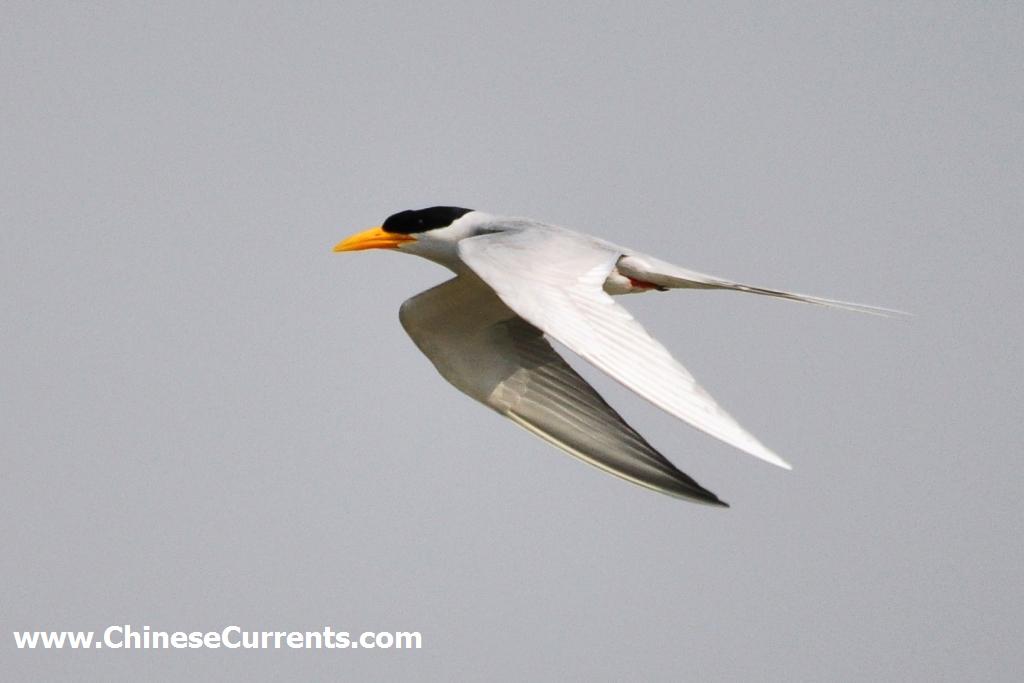
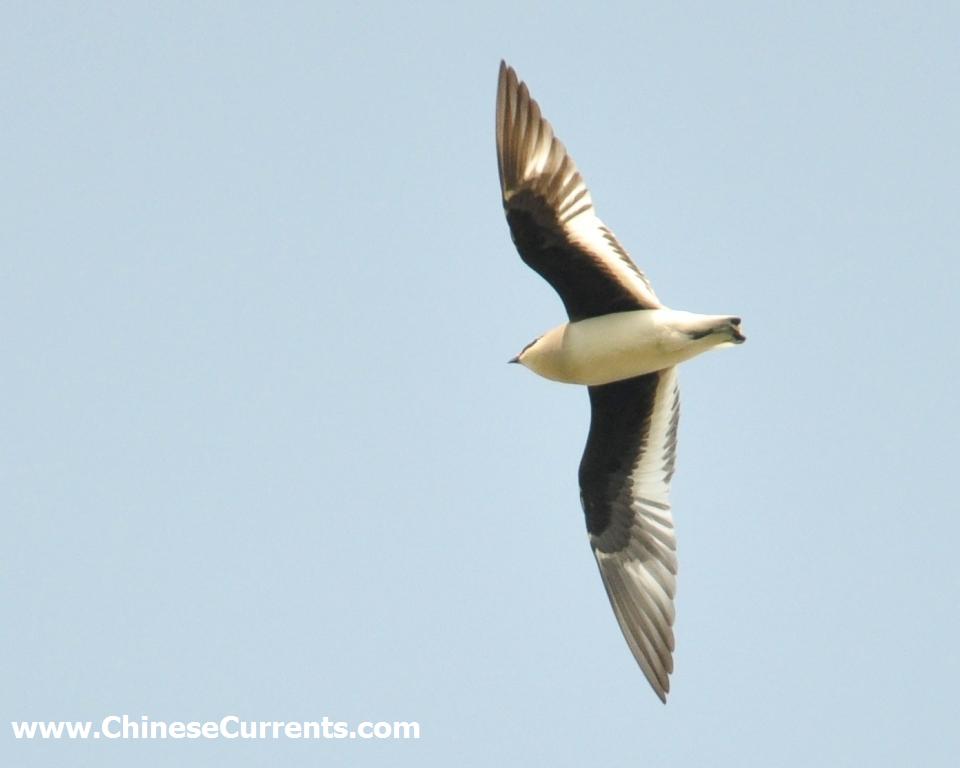
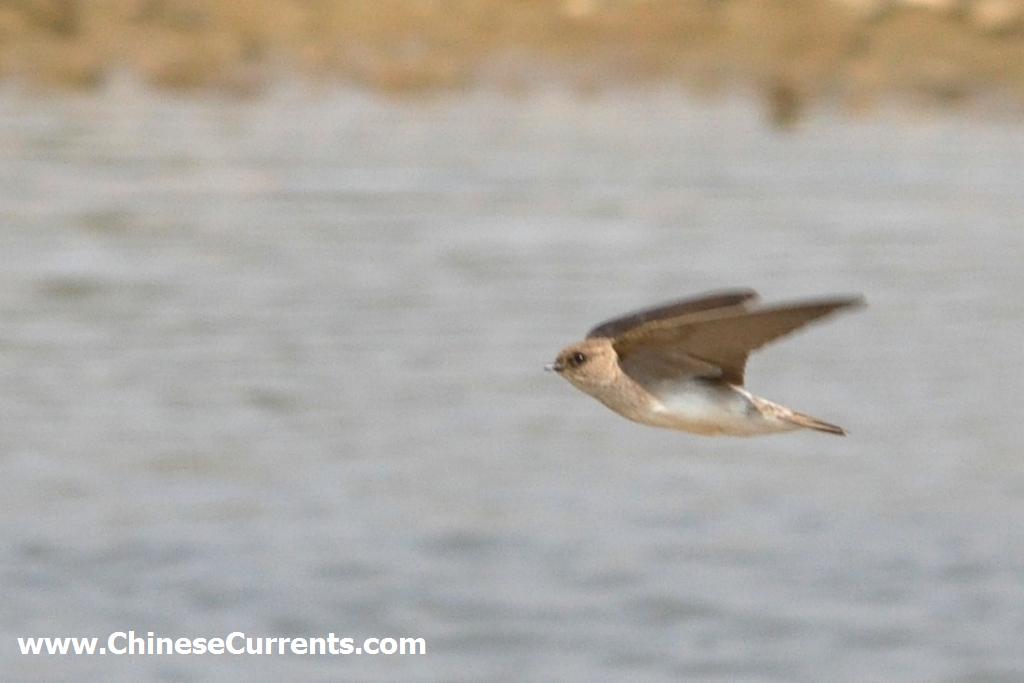
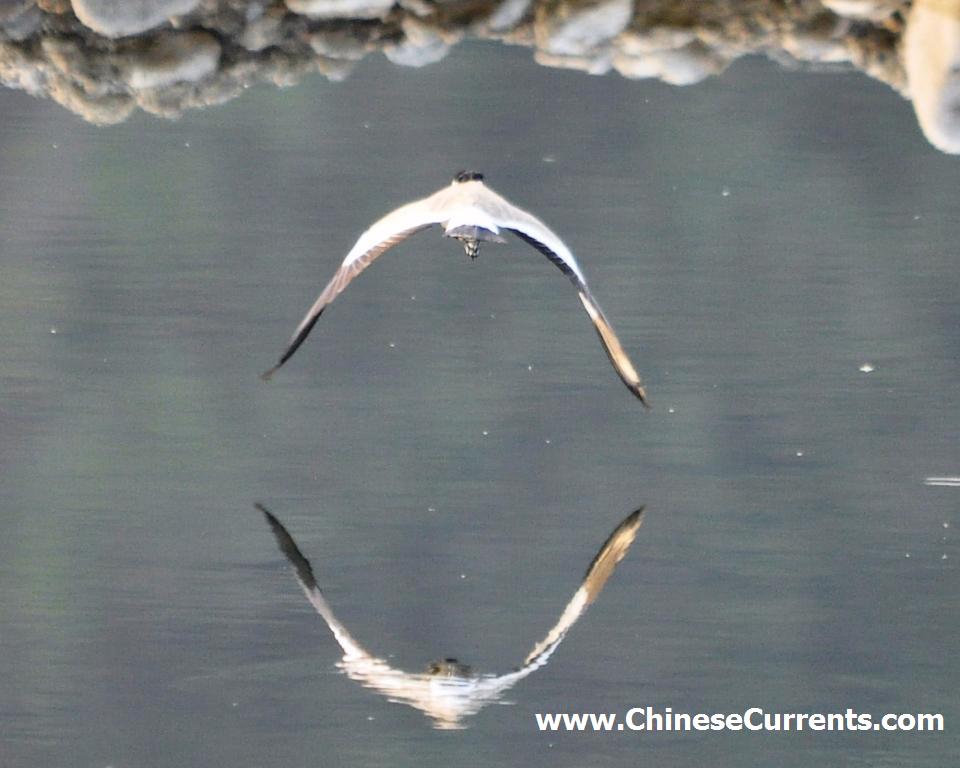
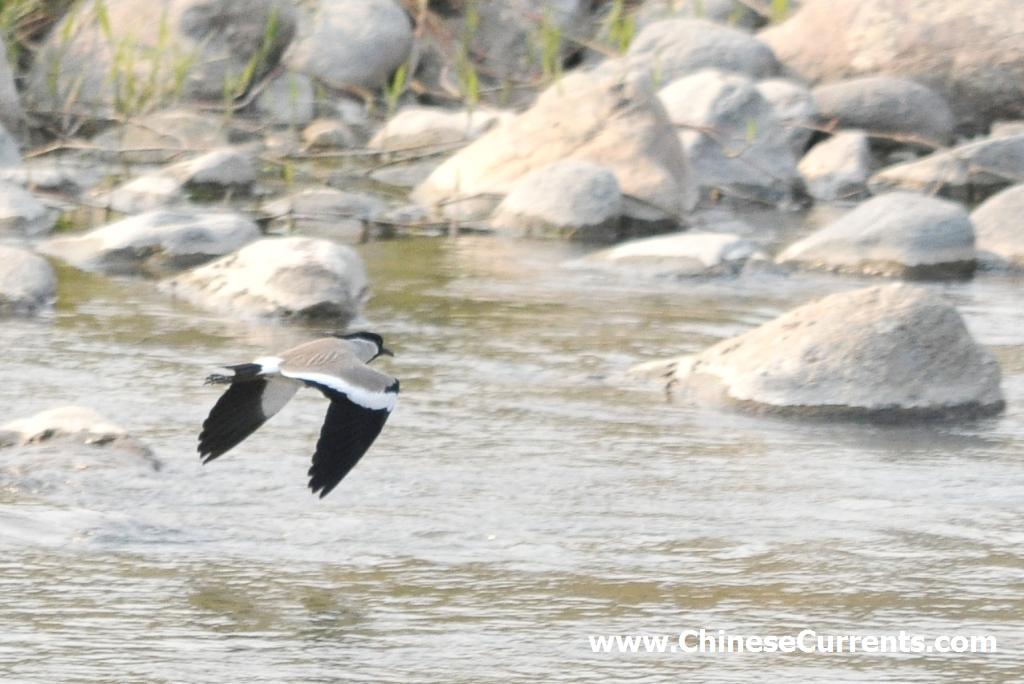
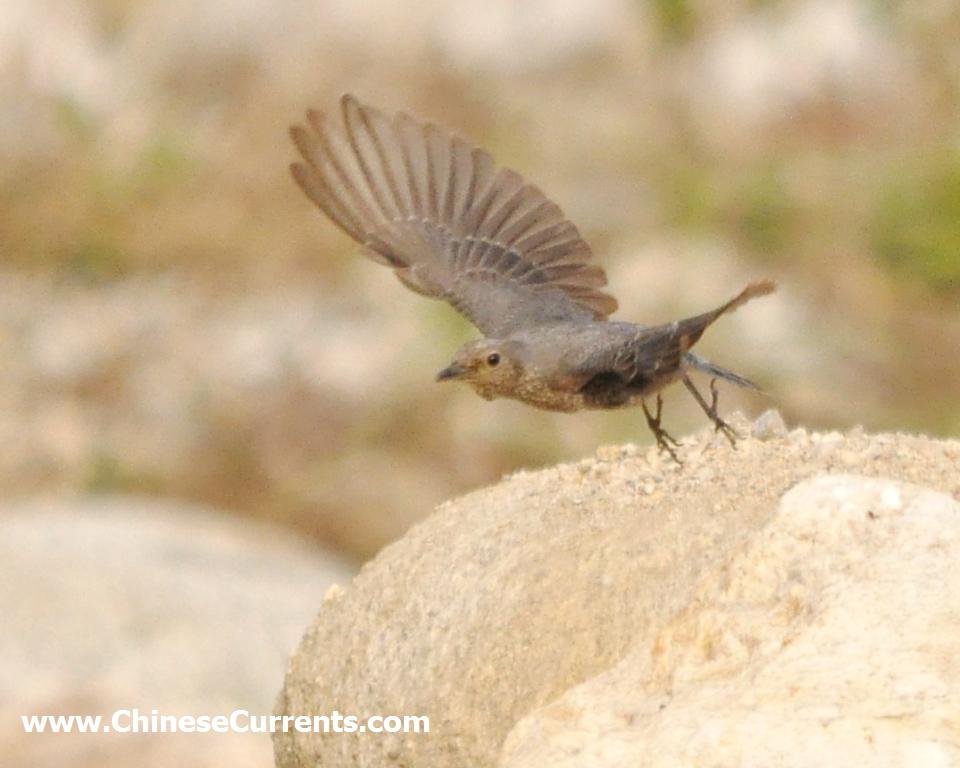
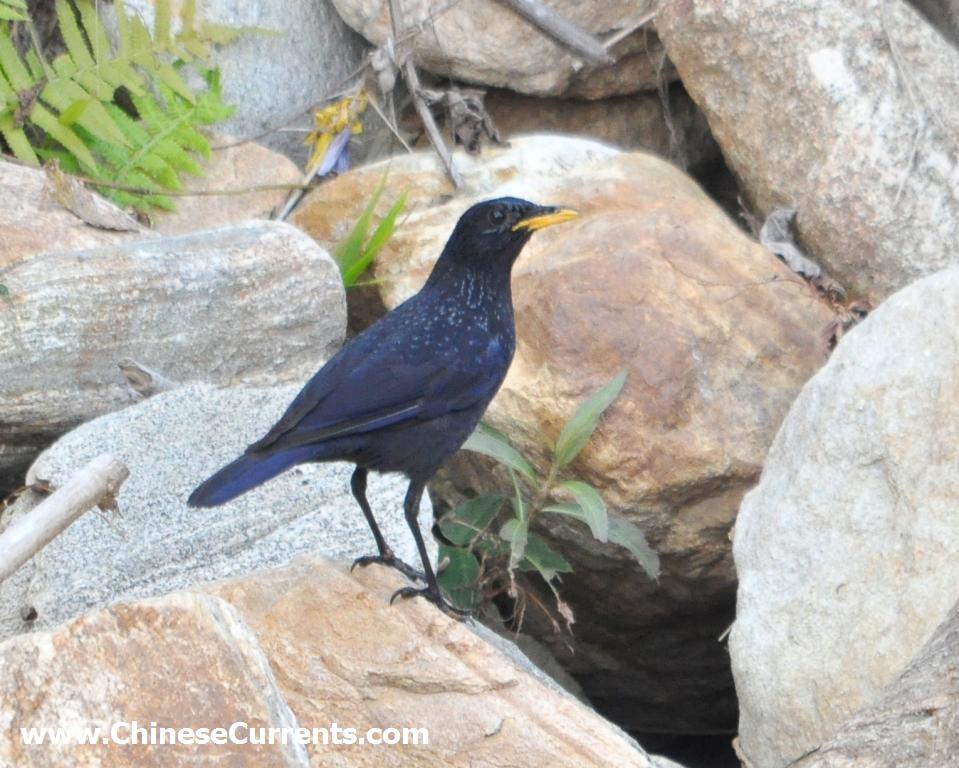
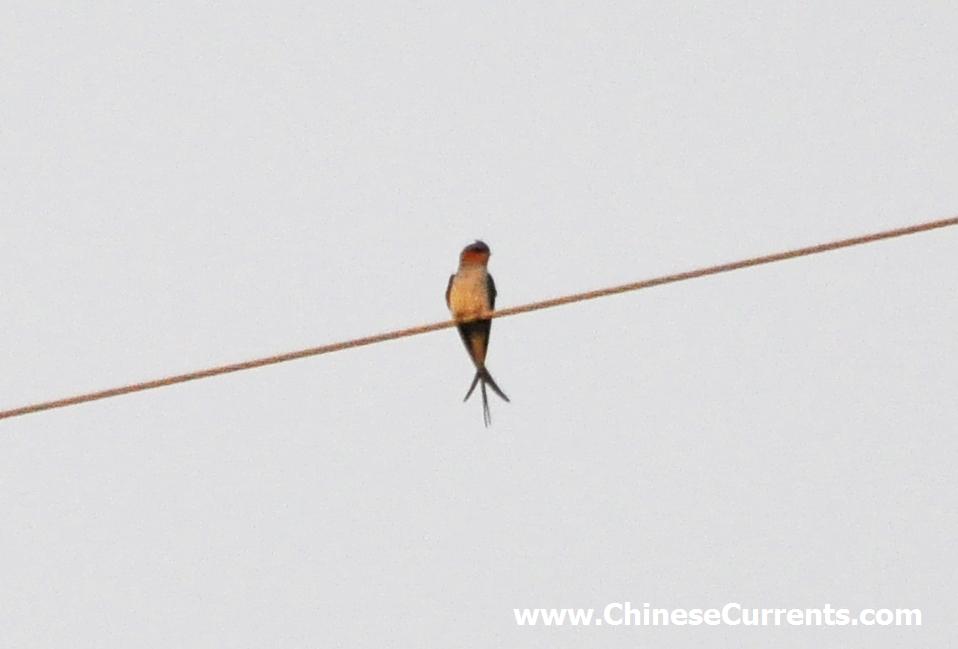
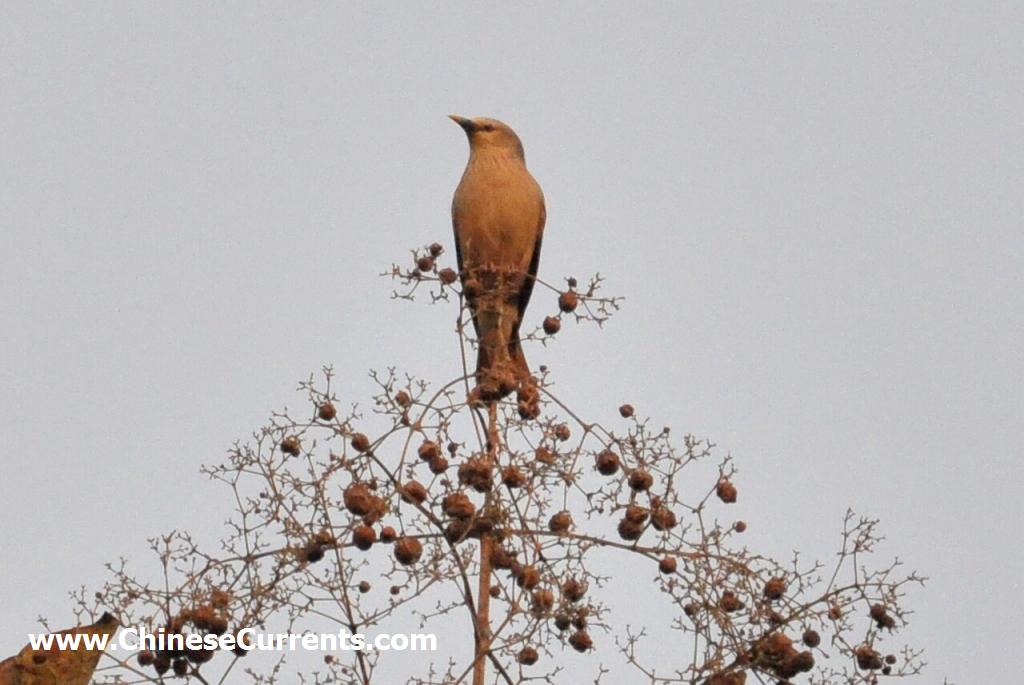
|

